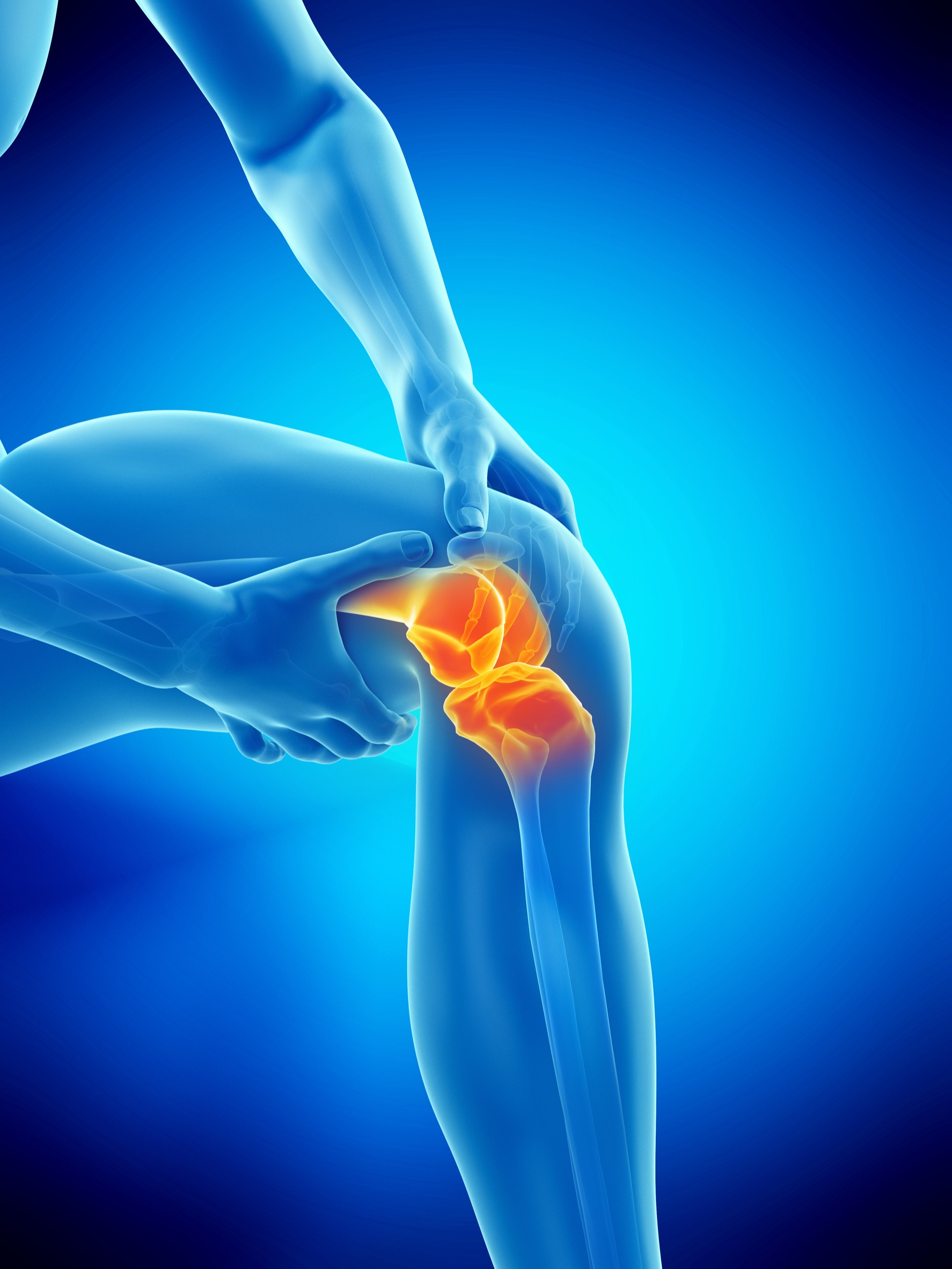Osteoarthritis (OA) is a condition that can present a significant challenge and affect the quality of life for individuals with this condition. While lifestyle modifications and non-pharmacological interventions play a crucial role in managing OA, medication treatments also have a role. In this blog post, we will explore the preferred medication options available to alleviate the pain, inflammation, and stiffness associated with osteoarthritis in addition to important lifestyle modifications.
Understanding Osteoarthritis:
Osteoarthritis is a degenerative joint disease characterized by the breakdown of cartilage—the protective tissue that cushions the ends of bones in a joint. As cartilage wears away, bones can start to rub against each other, leading to pain, swelling, stiffness, and reduced joint mobility. Osteoarthritis commonly affects weight-bearing joints such as the knees, hips, and spine, as well as the hands and other joints.
First-Line Medication Options for Osteoarthritis:
Per the American College of Rheumatology, the below medication treatments are the most strongly recommended of the available medication treatment options for hand, knee and hip OA.
Acetaminophen:
Acetaminophen, commonly known by the brand name Tylenol, is an over-the-counter pain reliever that can help manage mild to moderate OA pain. It works by reducing pain signals in the brain and has minimal anti-inflammatory effects. Acetaminophen is generally well-tolerated but should be used cautiously at recommended doses to avoid potential liver damage.
Nonsteroidal Anti-Inflammatory Drugs (NSAIDs):
NSAIDs such as ibuprofen (brand name Advil) and naproxen (brand name Aleve) are available both over-the-counter and by prescription. They work by reducing pain, inflammation, and swelling. While effective in managing OA symptoms, long-term use may be associated with gastrointestinal and cardiovascular risks. Consult a healthcare professional before using NSAIDs regularly.
Topical NSAIDs:
These creams, gels, or patches are applied directly to the skin over the affected joint. They provide localized pain relief, minimizing the systemic side effects associated with oral NSAIDs. Topical agents can be a great option for patients who cannot tolerate oral medications or cannot take the oral medication options due to other health conditions.
Read more about Topical Gel for Pain Relief
Corticosteroid Injections:
Corticosteroid injections deliver anti-inflammatory medication directly into the joint. These injections can provide rapid relief from pain and swelling, but their effects are temporary and may need to be repeated over time.
Lifestyle Modifications:
Weight Management: Maintaining a healthy weight is crucial, as excess weight puts added stress on weight-bearing joints. Losing weight and maintaining a healthy weight can significantly reduce pain and slow the progression of osteoarthritis.
Exercise: Regular, low-impact exercise such as walking, swimming, and cycling can help improve joint function, strengthen muscles, and reduce pain. Consult a healthcare professional for personalized exercise recommendations.
Conclusion:
Medication treatments are available to aid in managing the pain and discomfort associated with osteoarthritis. The most appropriate medication plan should be tailored to each individual’s specific needs and circumstances. Healthcare professionals should help to guide treatment decisions, considering factors such as the severity of symptoms, overall health, and potential risks. While medication treatments can provide relief, they are often most effective when combined with other strategies such as exercise and weight management. By embracing a comprehensive approach to osteoarthritis management, individuals can improve joint function, alleviate pain, and enjoy a better quality of life.
Resources:
1) https://www.mayoclinic.org/diseases-conditions/osteoarthritis/diagnosis-treatment/drc-20351930
2)https://assets.contentstack.io/v3/assets/bltee37abb6b278ab2c/blt6aa092f0134cac9a/63320f4750c8e90e3bf512c2/osteoarthritis-guideline-2019.pdf
3) https://my.clevelandclinic.org/health/diseases/5599-osteoarthritis
4) https://www.uspharmacist.com/article/guiding-osteoarthritis-management












